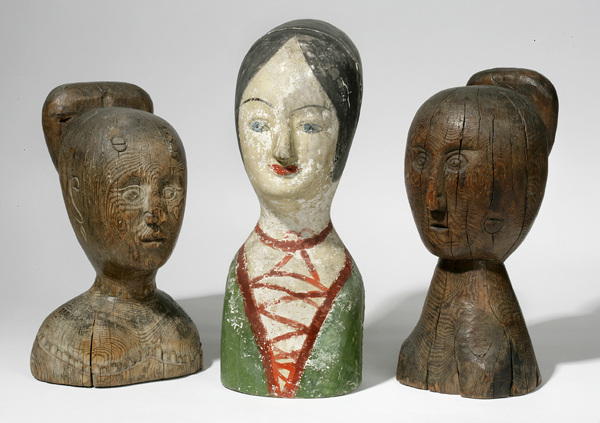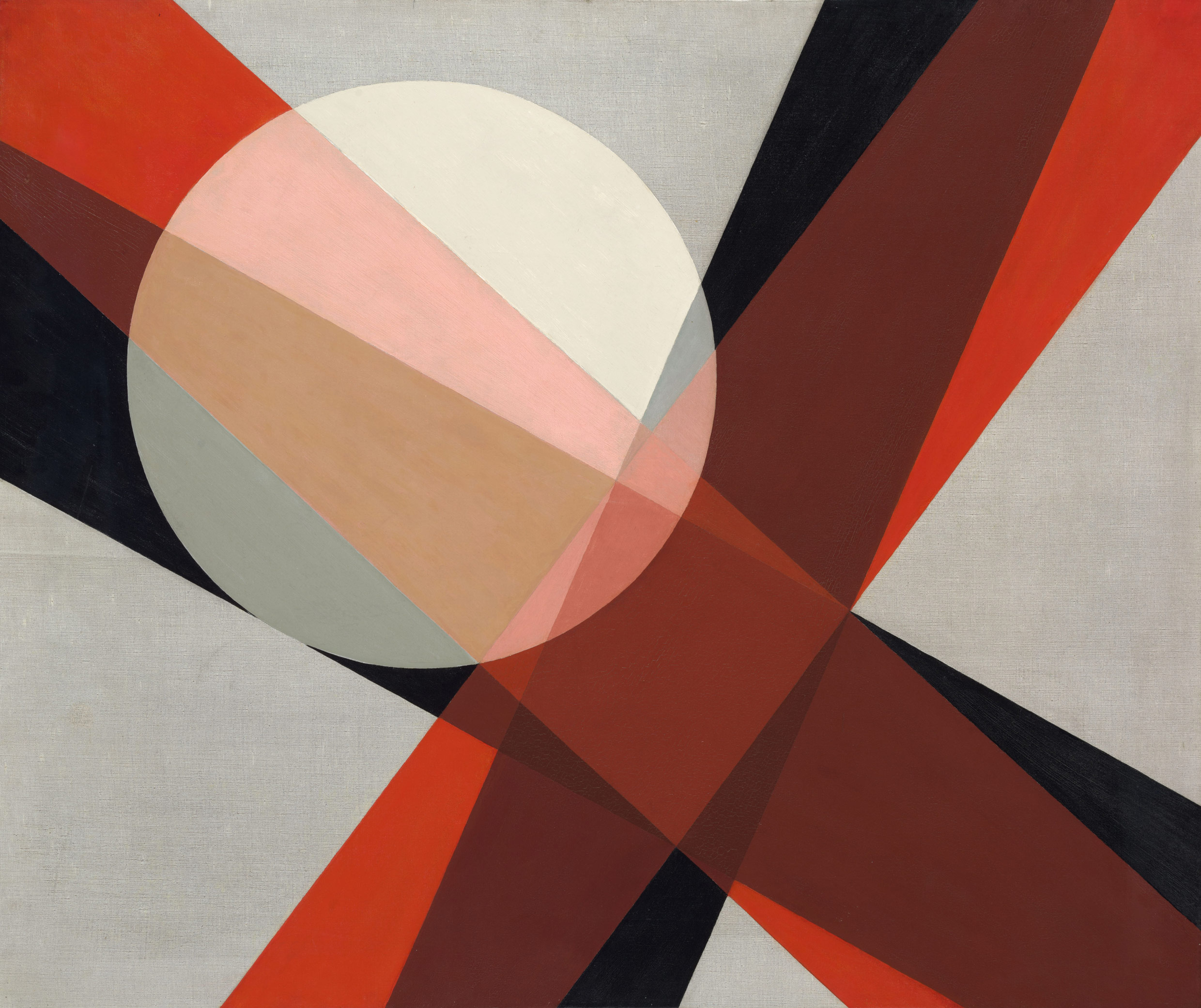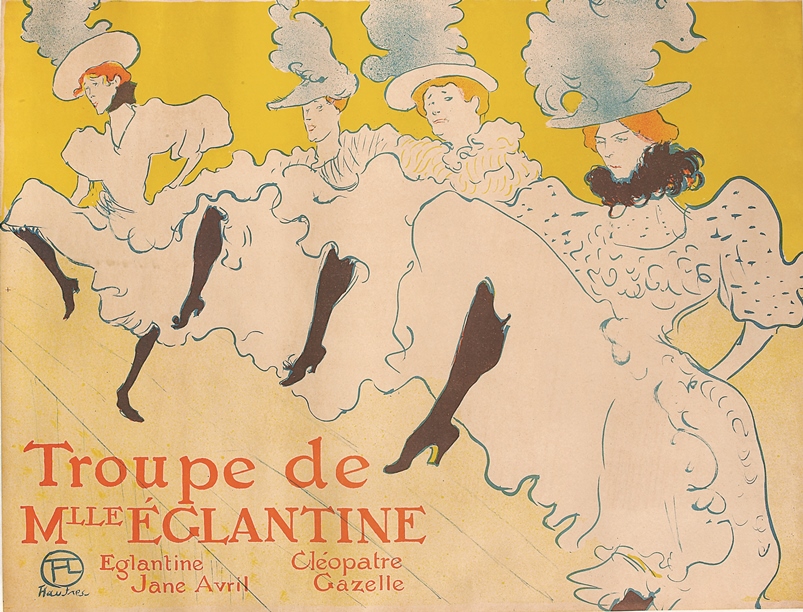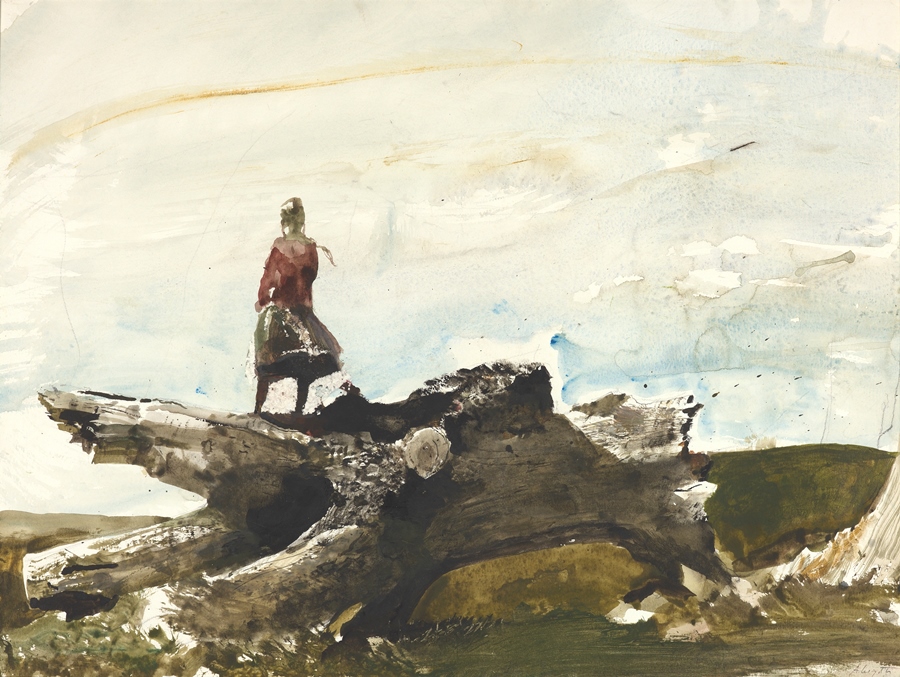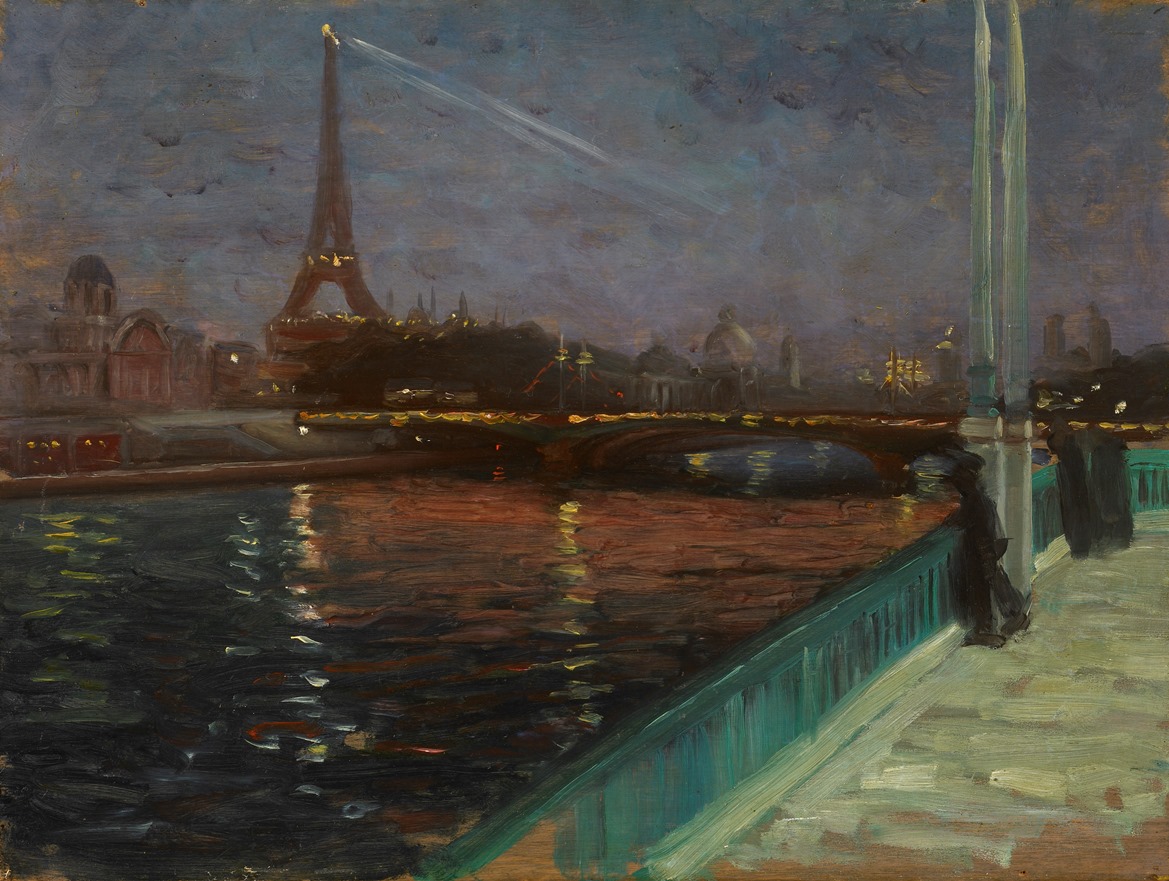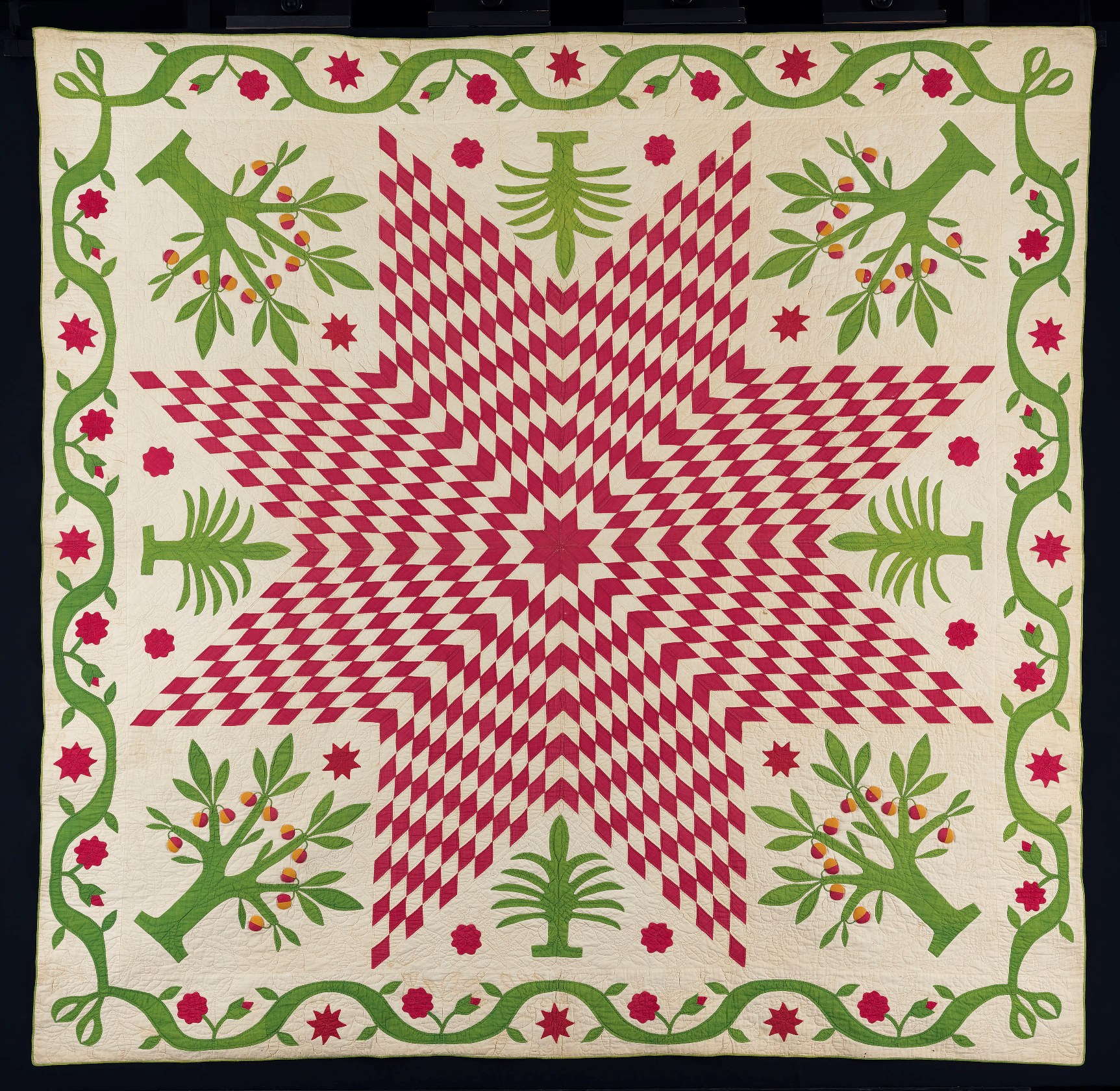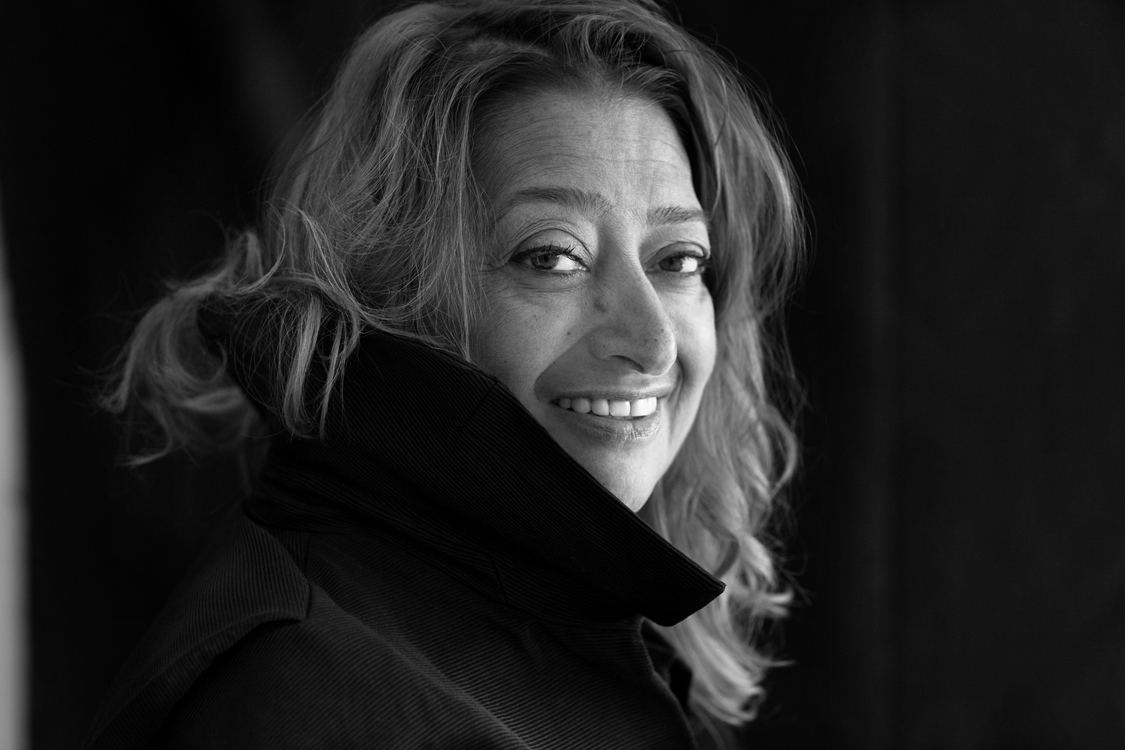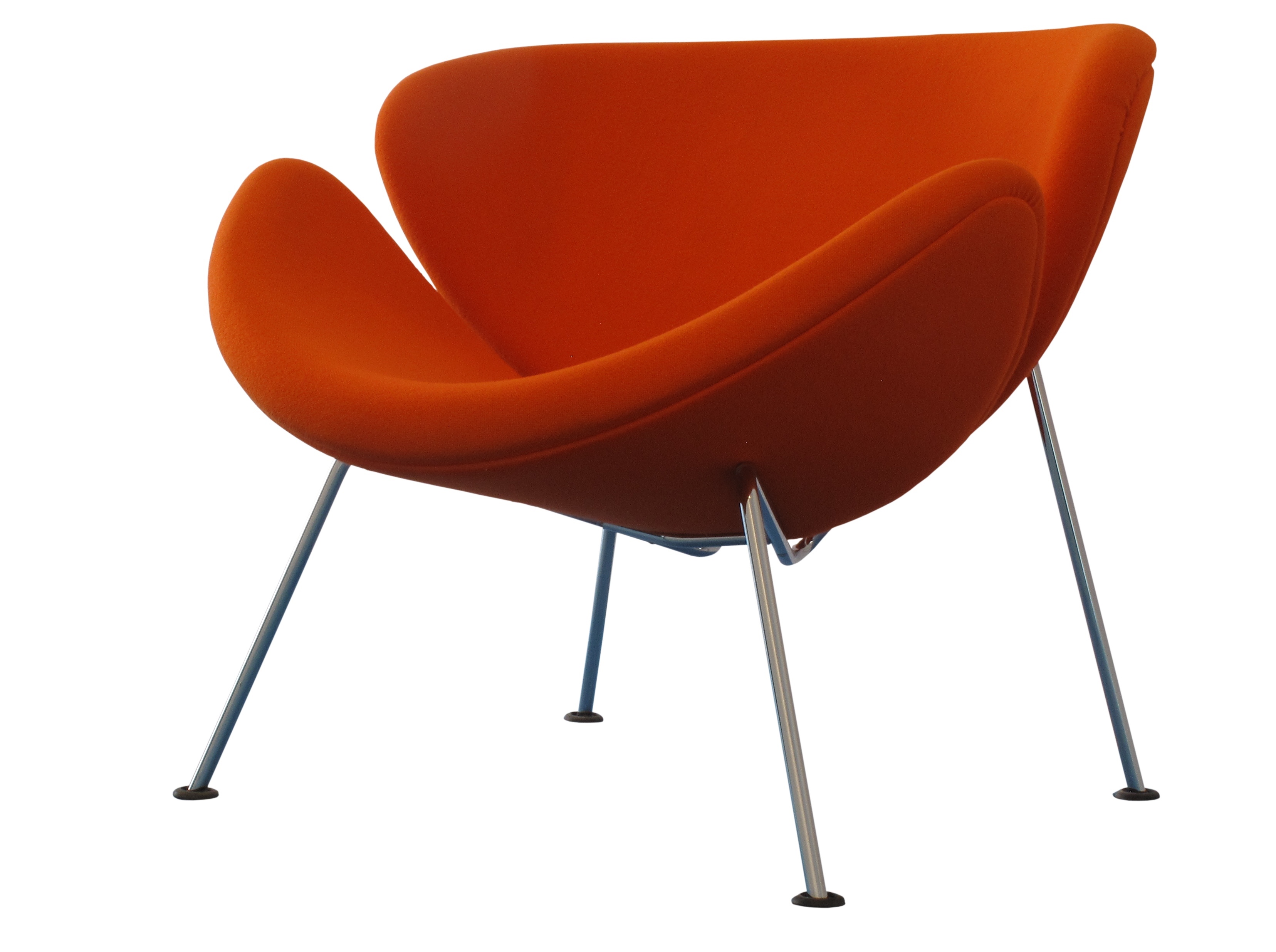This Week’s Major Events: Elie Nadelman’s Folk Art Collection in NYC, Andrew Wyeth in Boston, Must-See Design Exhibitions & More
MAY 24-30
NEW YORK
The Folk Art Collection of Elie and Viola Nadelman, New-York Historical Society Museum & Library, New York, NY
On view through August 21, 2016
While many recognize Elie Nadelman for his graceful Modernist sculptures, his role as an early folk art champion is lesser known. Together with his wife Viola, Nadelman assembled a stunning collection of approximately 15,000 folk art objects, including works by Joseph Whiting Stock and Wilhelm Schimmel. The Nadelmans’ collection was acquired by the New-York Historical Society in 1937. This spectacular exhibition presents over 200 works from the collection alongside sculptures by Nadelman, highlighting the inherent connections between folk art and Modernism. In September 2016, after its run at the New-York Historical Society, The Folk Art Collection of Elie and Viola Nadelman will go on view at the Addison Gallery of American Art in Andover, Massachusetts. Click here to continue reading.
Moholy-Nagy: Future Present, Solomon R. Guggenheim Museum of Art, New York, NY
May 27-September 7, 2016
This exhibition is the first comprehensive retrospective of the work of László Moholy-Nagy to appear in the United States in nearly fifty years. A multi-talented artist, Moholy-Nagy spent five years teaching at the Bauhaus in Weimar, Germany. Inspired by the belief that technology and art could work hand-in-hand to better serve humanity, Moholy-Nagy created innovative works that left an indelible mark on a variety of media, including photography, painting, and sculpture. Future Present will include more than 300 collages, drawings, ephemera, films, paintings, photograms, photographs, photomontages, and sculptures by Moholy-Nagy. The exhibition will also include a recreation of the artist’s “Room of the Present”—an exhibition space that was conceived in 1930 but never realized. Click here to continue reading.
Henri Toulouse-Lautrec in Bohemian Paris, Fenimore Museum of Art, Cooperstown, NY
May 28-September 5, 2016
Culled from the collection of the Herakleidon Museum in Athens, Greece, this exhibition at the Fenimore Museum of Art examines the enduring legacy of the painter, printmaker, and illustrator, Henri Toulouse-Lautrec. Inextricably linked to Paris’ Belle Epoque period, Lautrec created elegant and vivacious posters promoting the city’s performers as well as tender paintings of those on the outskirts of society. In addition to Lautrec’s sketches, drawings, books, albums, and original posters, the exhibition includes costumes from several of the Metropolitan Opera’s productions of La Boheme— Puccini’s tragic opera that takes place during La Belle Epoque. Click here to continue reading.
MASSACHUSETTS
Andrew Wyeth: Drawings and Watercolors, Adelson Galleries, Boston, MA
On view through May 29, 2016
This magnificent exhibition at Adelson Galleries is Boston’s first Andrew Wyeth show since the Museum of Fine Arts mounted the painter’s Helga Pictures in 1987/1988. The exhibit, which draws to a close at the end of the month, brings together thirteen drawings and thirteen watercolors that span five decades of the twentieth century Realist’s career. The works, which range from figure studies and still lifes to landscapes, exemplify Wyeth’s enigmatic and captivating style. Many of the pieces included in Drawings and Watercolors have not been exhibited publicly until now. Click here to continue reading.
CONNECTICUT
Electric Paris, Bruce Museum, Greenwich, CT
On view through September 4, 2016
Since the Enlightenment, Paris has been known as the City of Light—a result of the proliferation of philosophers in the city who viewed Paris as an ideal place for cultivating intellectual awareness. By the mid-nineteenth century, the nickname became more literal, referencing Paris’ use of artificial lighting—first gas lamps in the 1840s and 1850s, followed by electric lighting during the 1870s. Since then, light has remained a dominant force in the city (just take a look at the Eiffel Tower, which bursts into a dazzling light show every night). This exhibition at the Bruce Museum explores how artists interpreted and responded to Paris’ changing illuminations. Divided into four sections—Nocturnes, Lamplit Interiors, Street Light, and In and Out of the Spotlight—Electric Paris includes approximately fifty works by such luminaries as Edgar Degas, Mary Cassatt, Pierre Bonnard, Childe Hassam, Charles Courtney Curran, Alfred Maurer, and Maurice Prendergast. Click here to continue reading.
CALIFORNIA
Quilts and Color from the Museum of Fine Arts, Boston, The San Diego Museum of Art, San Diego, CA
May 28-September 4, 2016
Californians have a rare chance to see works from one of the finest quilt collections in the United States. Beginning on May 28, the San Diego Museum of Art will present an array of early American quilts amassed over decades by the collectors Paul Pilgrim and Gerald Roy. The duo’s interest in antique quilts was piqued in the early 1960s, while they were working as interior designers. Captivated by their aesthetic value, Pilgrim and Roy began assembling their own quilt collection, which today, is composed of about 2,500 quilts and quilt-related objects. The exhibition, which is organized by visual effect, includes approximately fifty works characterized by their stunning designs, graphic intensity, and masterful use of color. Click here to continue reading.
MONTREAL
Eleganza: Italian Fashion, From 1945 to Today, McCord Museum, Montreal
May 26-September 25, 2016
Organized by the Victoria and Albert Museum in London, Eleganza highlights some of Italy’s most celebrated fashion designers, including Valentino, Armani, Fendi, Prada, Dolce & Gabbana, and Emilio Pucci. Following World War II, Italy emerged as a fashion mecca, thanks in part to the Hollywood films that were shot there. Suddenly, there was a spike in interest in luxurious clothing made in the country—a demand that remains today. Eleganza, which presents a range of designer confections and accessories as well as photographs, magazines, drawings, and film clips, explores the figures who helped define Italy as one of the world’s foremost style capitals. Click here to continue reading.
VENICE
Zaha Hadid Retrospective, Palazzo Franchetti, Venice
May 26-November 27, 2016
This retrospective honoring the influential architect Zaha Hadid, who died suddenly in March, will coincide with Venice’s distinguished Architecture Biennale. Held at the Palazzo Franchetti—a Neo-Gothic palace on Venice’s Grand Canal—the exhibition will feature a selection of works on paper, jewelry, furniture, and 3D printed models by Hadid. Best known for her geometric and decidedly futuristic designs, the Iraqi-British architect was the first woman to be awarded the Pritzker Prize. The exhibition, which spans four decades of Hadid’s career, was organized by the Fondazione Berengo. Click here to continue reading.
PARIS
Pierre Paulin, Centre Pompidou, Paris
On view through August 26, 2016
The Centre Pompidou in Paris is currently hosting an exhibition dedicated to the French furniture designer and interior designer Pierre Paulin. Known for his sculptural designs and innovative construction techniques, Paulin worked closely with the Dutch furniture company Artifort for many years, creating a trove of iconic forms, including the Ribbon Chair, the Tongue Chair, and the Orange Slice Chair. The show will feature over seventy pieces of furniture, including many of Paulin’s most recognized designs and a number of works designed for Paulin’s own home at the base of the Cévennes mountains in the south of France, as well as fifty original drawings. Click here to continue reading.















